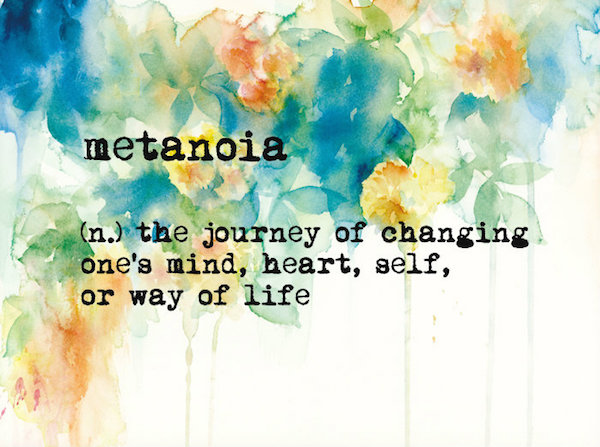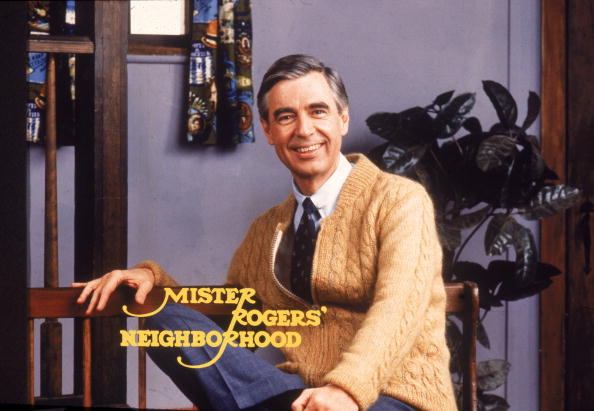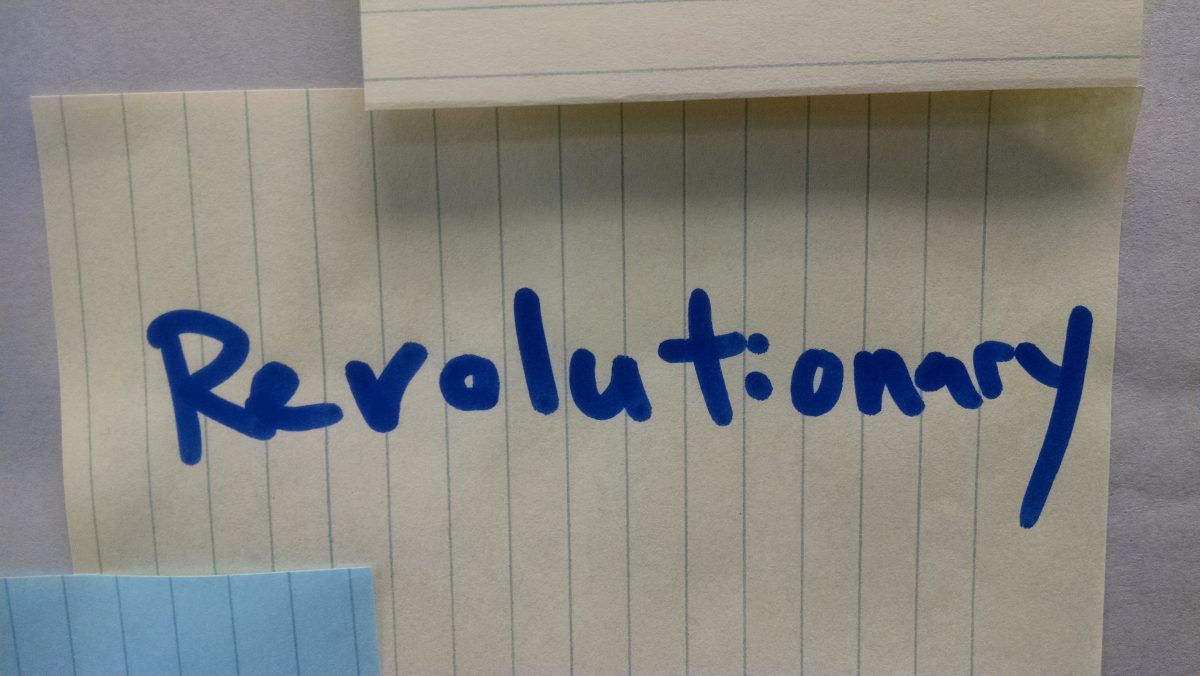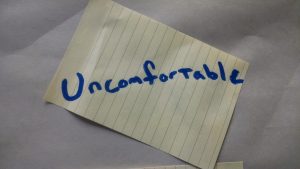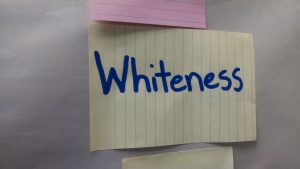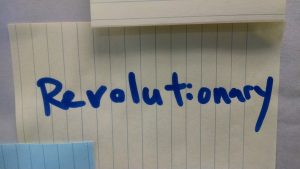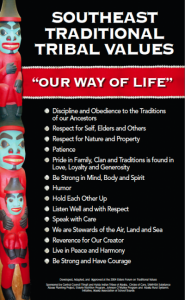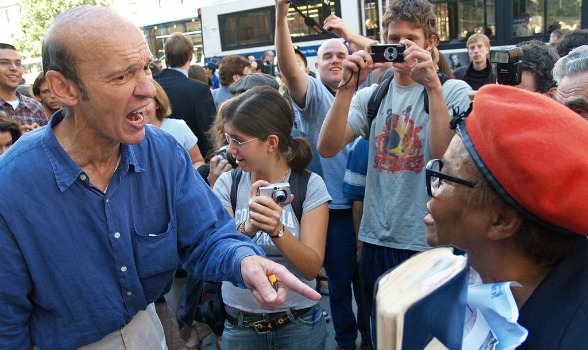- How does understanding culture and power impact your teaching?
Understanding culture and power impacts my teaching greatly because the classroom is a battleground where unjust power structures fight to maintain their dominance, and cultural understanding is the key to inclusivity in education. Understanding that a dominant monoculture controls everything from what information is taught in school à to how students are expected to learn and behave in the classroom à to how students are expected to interact and behave in the social world à to how students are expected and influenced to view themselves and the world around them à spurs me as an educator to question our current education system and challenge the injustices I see being inflicted and perpetuated. Unjust power structures in education and society prevent students from achieving their full potential, from feeling valued, from being respected and honored as human beings. From understanding that power and oppression go hand in hand, I know that I want to strive to take the power out of the hands of the oppressors and help students to grasp empowerment that lies in their hands. Some of the ways I can strive to dismantle these oppressive power structures are through: creating inclusivity, practicing and teaching critical thinking, using culturally-responsive teaching, encouraging teamwork, fostering multiculturalism, and embracing diversity. As Ernestine Hayes said, “If you are not combating colonialism, you are contributing to it.” I strongly believe her words, and I feel that we must think and act radically, critically, and actively as educators in order to push education toward progress and multiculturalism. I can start in my own classroom by honoring the diverse backgrounds and experiences of my students and by including local cultural knowledge in my lessons in an active effort to move away from the Euro-centric, monocultural education model. As a music teacher, I will start by challenging the Euro-centric notions of the hierarchical orchestra and the western music notation system.
- The three words I chose from the word wall are: 1) uncomfortable, 2) self-reflection, and 3) tolerance vs. transformation. I chose these words because of their significance as steps on a path toward positive change in education. Uncomfortable means “feeling slight pain or physical discomfort” or “causing or feeling unease or awkwardness.” Self-reflection means “meditation or serious thought about one’s character, actions, and motives.” Tolerance means “the ability or willingness to tolerate something, in particular the existence of opinions or behavior that one does not necessarily agree with.” Transformation, however, means “a thorough or dramatic change in form or appearance.” Change starts with being uncomfortable. We must be uncomfortable with our privilege and address it before we can look outward and make change. We must be uncomfortable with our situations before we can question them and make change. We must be uncomfortable with the status quo and the power structures in place before we can challenge them and make change. Being uncomfortable is one small step toward transformation. Practicing and teaching self-reflection is key to our ability to analyze ourselves, our feelings, and our motives. When we can reflect as teachers, we can make sure that we approach all teaching situations with sensitivity, respect, perspective, and reduced personal bias. When we teach our students self-reflection, we can help them to be better citizens and more thoughtful and sensitive peers to their classmates. Change starts from within, whether you are the teacher or the student. Once we look within, we can look outside of ourselves at the larger situation. Tolerance is the first step toward embracing and honoring diversity, but it is not enough. Tolerance does not imply enough growth. Transformation takes change to the next level.
- I plan to teach in a culturally responsive way by incorporating traditional Tlingit music into my music lessons. I will be teaching strings and general music both in the traditional music classroom and for the El Sistema-inspired string program, JAMM. I hope to invite Elders into the classroom to teach traditional songs and prepare my students for performance. I also intend to incorporate more learning through oral tradition in addition to reading music with western notation. I will help students to put knowledge in their own hands through self-guided learning, project-based learning, peer mentorship, and team activities. I aim to use place-based learning as a way for music students to get in touch with the musical landscape of their local environment. One way I can incorporate place-based learning is by having students engage their local community to share and teach a diverse repertoire of local music. Another way I can incorporate place-based learning is by having students listen deeply to the sounds of their natural landscape and then use those environmental sounds as inspiration for their own compositions. One way I want to make strings class more culturally responsive is by turning the role of the orchestra on its head. Traditionally, the orchestra has been a place of hierarchy, inequality, and deeply entrenched power structures. I aim to use the El Sistema model to reinvent the orchestra as a tool for team building, cooperation, and collaboration, and as an expression of respect, unity, and diversity. We can be inclusive in the orchestra to include players of all backgrounds and experiences and to present music from a wealth of diverse places, not just the western world!
